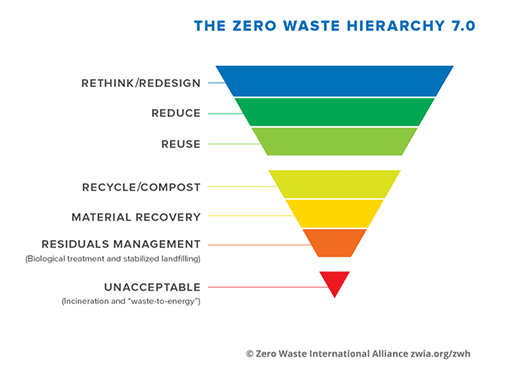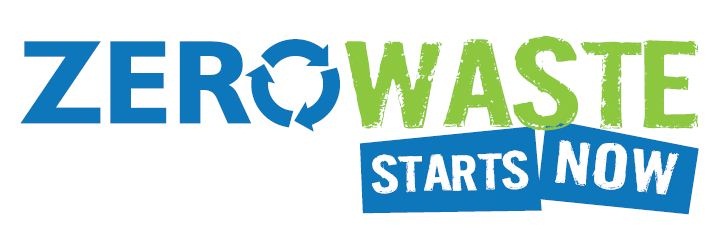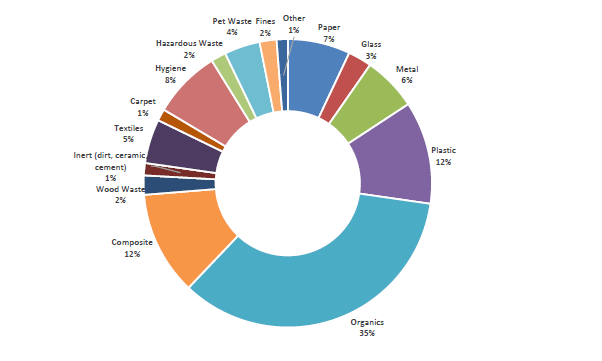Zero Waste
Zero waste essentially shifts the idea of making a product “go away” at the landfill to becoming an input resource to be used again.
It transforms the linear “take, make, waste” model into a circular system, where materials are reused.
It begins by avoiding creating waste in the first place by:
Rethinking consumption
Redesign products to endure
Reduce what you can
Reuse as much as possible
Recycle or Rot (compost) what remains
 Although there are many definitions for zero waste in use around the world, Whitehorse, in partnership with Zero Waste Yukon, has adopted the position that the concept of zero waste in the territory will minimize waste generation and maximize resource recovery through reuse, recycling, composting and other efforts to achieve the greatest possible resource diversion.
Although there are many definitions for zero waste in use around the world, Whitehorse, in partnership with Zero Waste Yukon, has adopted the position that the concept of zero waste in the territory will minimize waste generation and maximize resource recovery through reuse, recycling, composting and other efforts to achieve the greatest possible resource diversion.
Zero waste follows a “4R” hierarchy: Rethink, Reduce, Reuse and Recycle/Compost. Important to note is that “Recover” of the potential energy through various incineration/pyrolysis technologies is not included in this model of zero waste.

The total waste generated in Whitehorse (including recycling, organics and landfilled waste) has increased 61% since 2000, but the population has only increased 30%. Some of this can be attributed to Whitehorse’s housing boom and the accompanying increase in construction and demolition waste. Some of this can also be attributed to increased consumption.
Over 32,000 tonnes of waste were generated in Whitehorse in 2021 – this amounts to 940 kg for every person. This is over the national average of 694 kg/person/year, and well over other jurisdictions in Canada. In 2021, 33% of waste in Whitehorse was diverted, meaning it was reused, recycled or composted. All the rest of it was landfilled. This definitely reflects our increased focus on waste and our efforts to divert more. The bad news is that we’re still lagging behind other jurisdictions in Canada that are diverting much more. Waste generation in Whitehorse has also been increasing over the years, outstripping population growth. We can do better. We need to redefine garbage, and divert more from what ends up in our landfill. We also need to reuse more, and consume less.
A Whitehorse waste audit in 2018 of residential waste landfilled contained:

Meeting our goals is completely within reach. If organics, cardboard, wood, recyclables, metals, household hazardous waste and e-waste are removed from the waste stream, we would see about 70% less thrown away, and we would easily reach our goal of 50% waste diversion!
